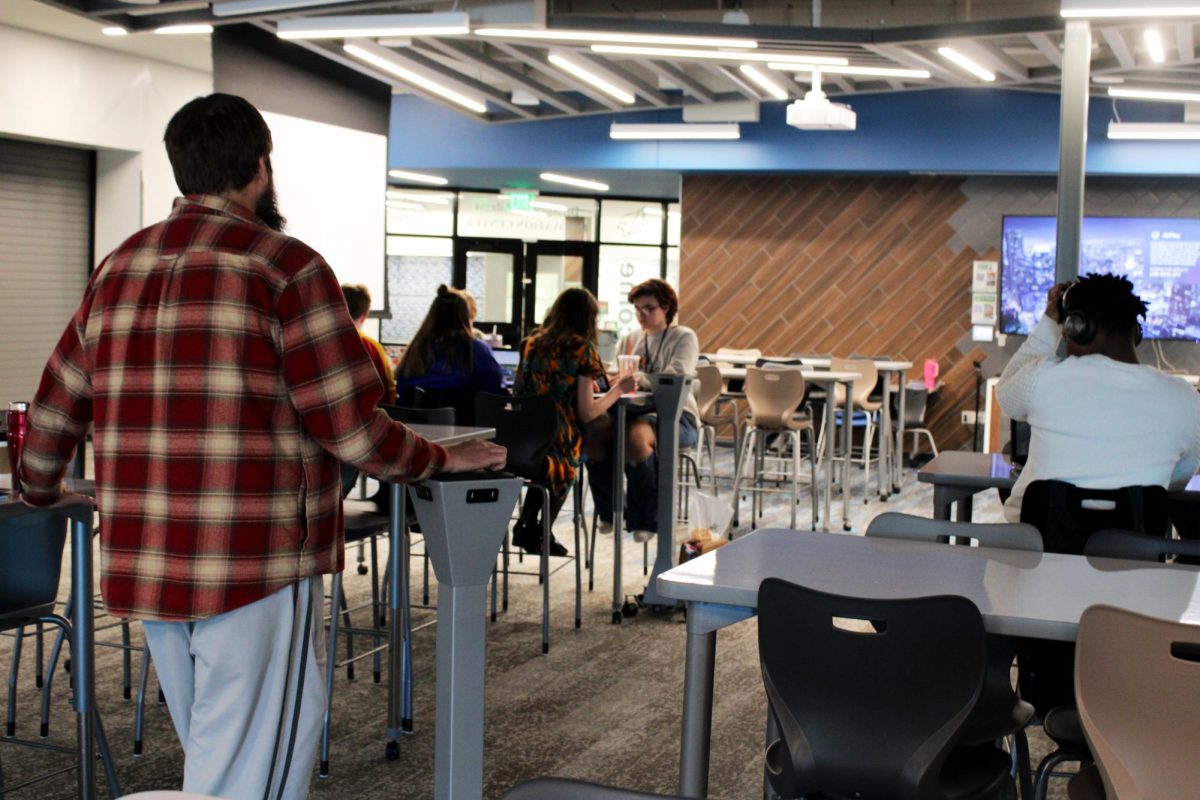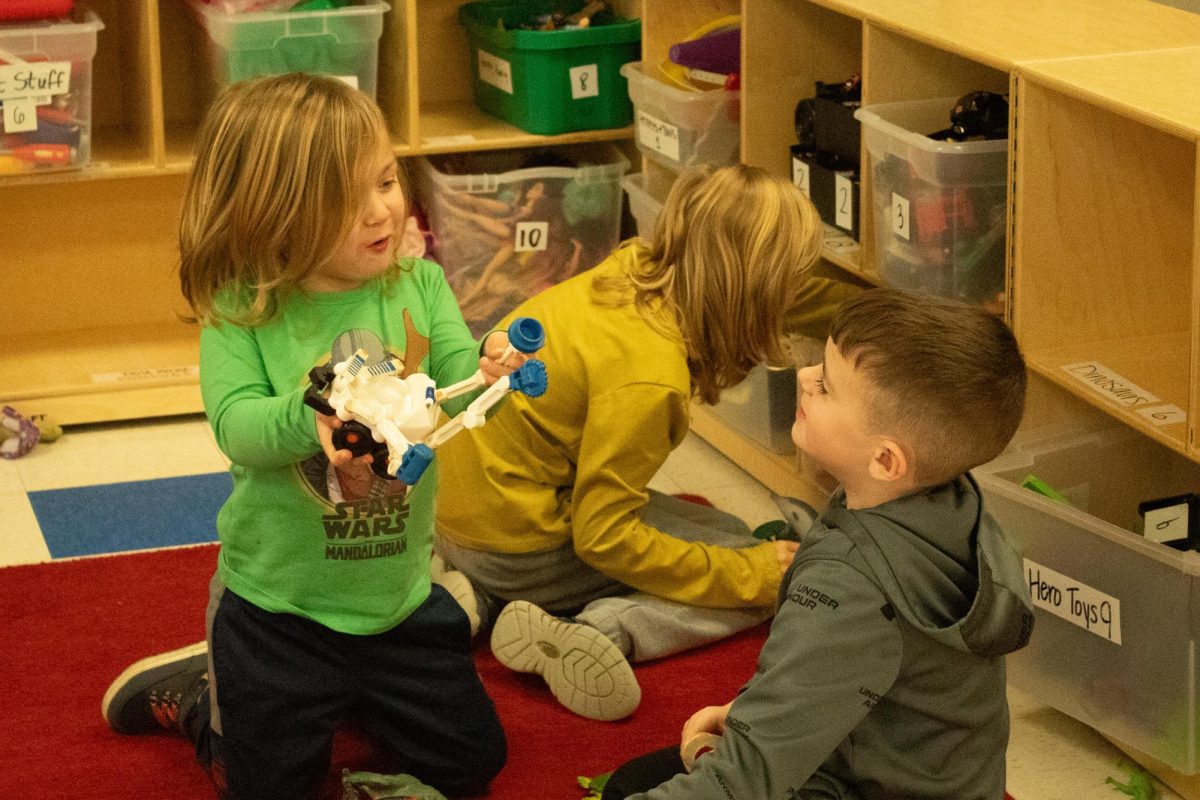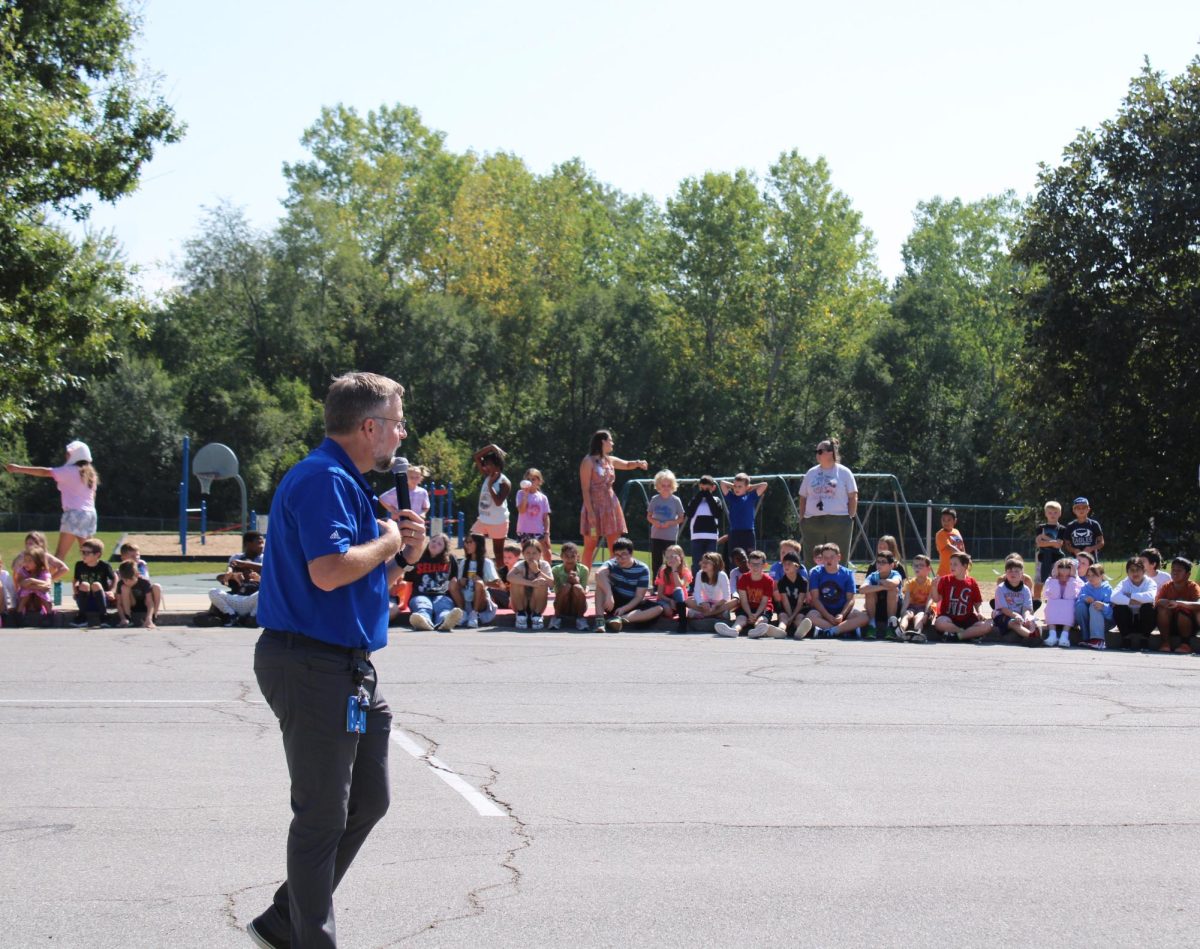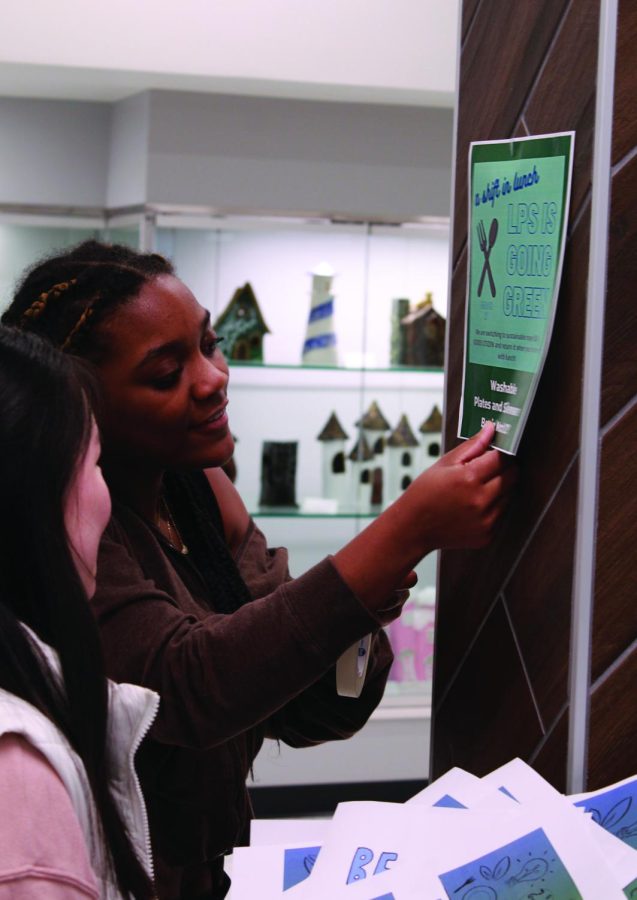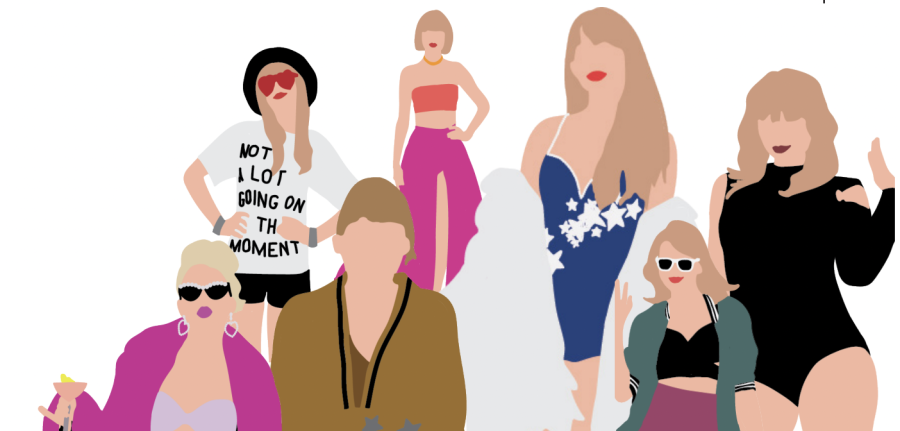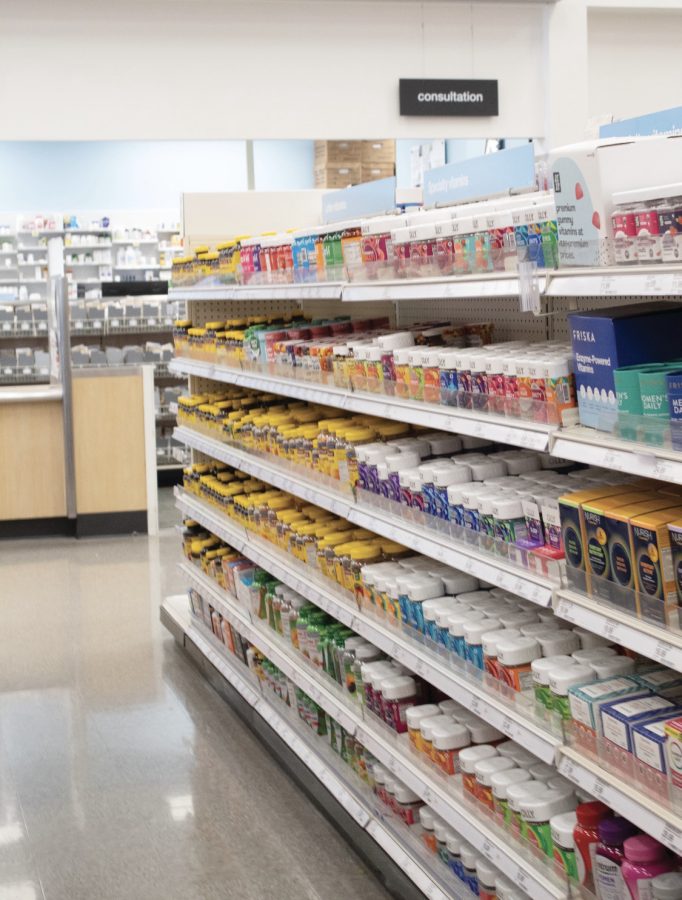Entering the View, students chat about new ideas with the thought of improving lives around the globe. Olivia Messina works to create a project slide-show for her current project, showing it to her peers.
EDGE students worked, since last semester, to complete 17 goals called The Sustainable Development Goals. They recognize ending poverty and building economic growth. They also address a range of social needs while tackling climate change and environmental protection. EDGE students also started Goal 14: conserving the oceans, sea and marine resources.
For their current project, students explored the United Nation’s Sustainability Development Goal 12: Responsible Consumption and Production. This goal aimed to uphold sustainable consumer and producer practices. This goal will strengthen efforts to reduce harmful environmental impacts from unsustainable practices. EDGE students have a great amount of freedom with this project, and have been encouraged to use their research to develop products to take action on the goal.
“Several of our students are working on projects that, if implemented, could impact Liberty High School/Liberty Public Schools by making some practices more sustainable,” said EDGE ELA Teacher Serena Comegys.
Students are building individual project timelines to guide their work process and annotated bibliography to showcase their analysis of the research sources they plan to use. These steps will help students develop their project ideas and think critically about the impact they can make with the topic they choose.
“The direction of my project is in my hands. I can make it go somewhere if I want to, but that is an optional step. In my case, I can just share the information I’ve learned with others and they can choose to do what they please with that knowledge,” said sophomore Olivia Messina.
EDGE has a great amount of free time when it comes to projects, and students have direction they can take within the class. Students can decide if they want to push out their ideas and topics to Liberty High School, to help benefit it in later years.
“We transfer the skills we learn in different classes and apply them to our projects. Schedules are also different because EDGE students make their schedule at the beginning of every week during the fourth hour.” said freshman Jakob Eriksen.
Most of the projects EDGE completes are major problems which aren’t only happening in Liberty, Missouri. These goals consist of possible solutions for global issues, like saving engry in cities, global waste efforts, etc. Whenever starting a new goal, the structure remains the same as a normal classroom project. All EDGE teachers followed this format: Identify a Problem, conduct research, develop a solution, construct and test, gather feedback, evaluate and revise and present Findings. Students take the work deadlines given by the teachers to set and build individualized timelines based on what they need to achieve.
“The hardest step of the project for me is always selecting my topic, after that, it’s a pretty clear path, I do lots of research and through that, I can narrow my topic if needed,” said Messina.
Everyone’s progress is different, and it changes the longer the group works on the goal. When starting a new project, students will research a topic which falls under the umbrella of the goal they are working on at the time those ideas relating to goal 12.
“My project focuses on industrial wastewater. I picked this topic because it was something I didn’t know a lot about, and I was curious about how the waste that the industry extrudes affects the environment and health,” said freshman Jakob Eriksen.
Ericksen has researched industrial wastewater, and formed a rough draft of his final project. After about two months of these phases, EDGE students will create their final project.
“My project is about fast fashion, but more on the environment and manufacturing side. I chose this topic because I’ve always wanted to learn more about the environmental effects of fast fashion since I know that it directly impacts me, as a consumer,” said sophomore Olivia Messina.
Students in EDGE have unique pathways they take within their project, but overall they all have the same endpoint. One of the largest items which separates EDGE from normal classes is the environment, and students have a tremendous amount of free time. Students gain many extra skills from EDGE and they can use these skills once they graduate.
“In addition to time-management and project-planning skills, students are also working on these ELA & Social Science skills (competencies) through their current project. On top of these skills, students are also developing empathy, analyzing consumer habits – including their own, and learning about how choices made by individuals, corporations, governments, etc. have an impact on the world,” said Comegys.
EDGE Students wrapped up both goals, and students showed their progress and their learning with those who were interested at their Exhibition Night on Feb. 6. For more information on their next Exhibition Night, where they will present their next goal; number two: Zero Hunger, and student spotlight, visit EDGE’s website within the LHS homepage


